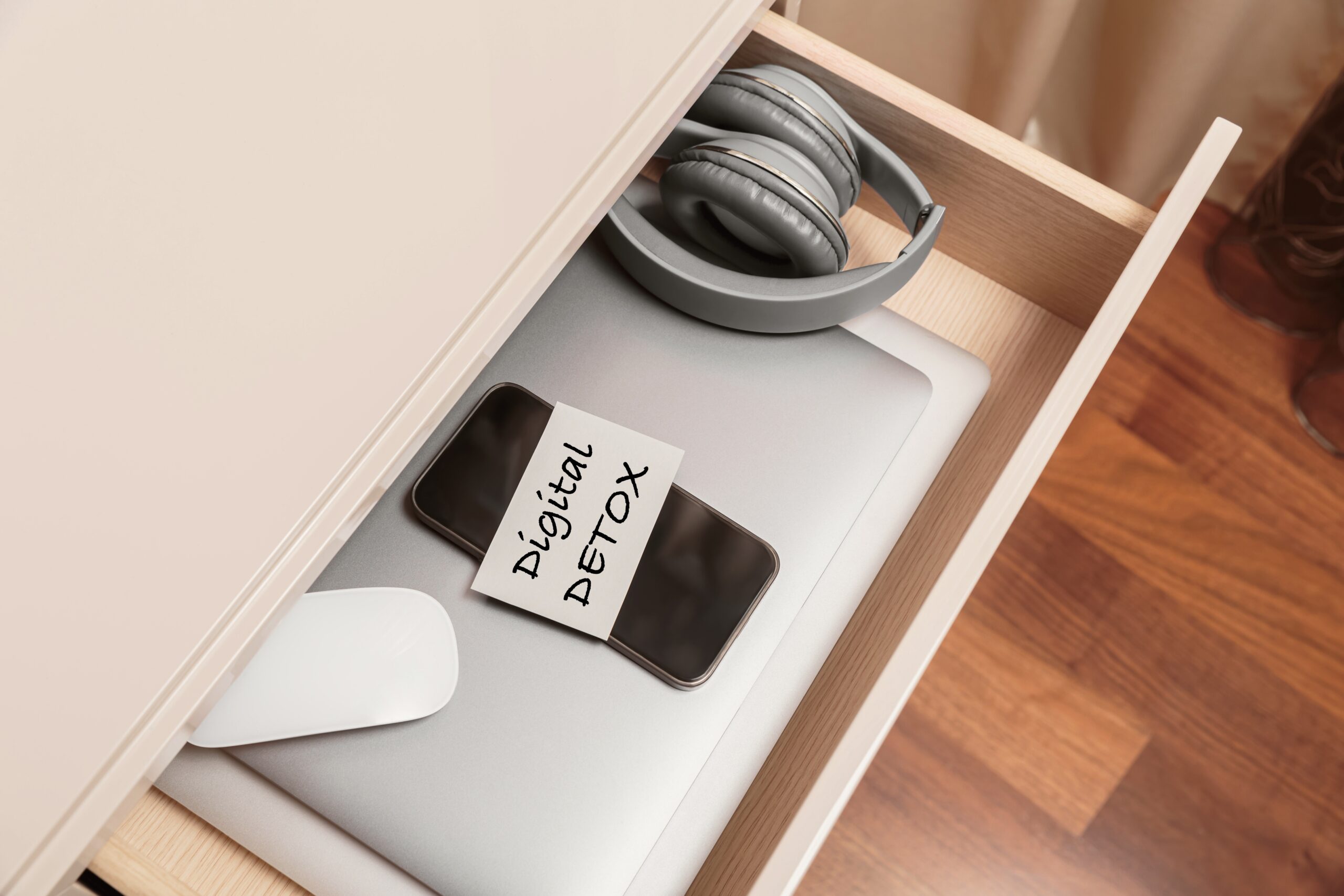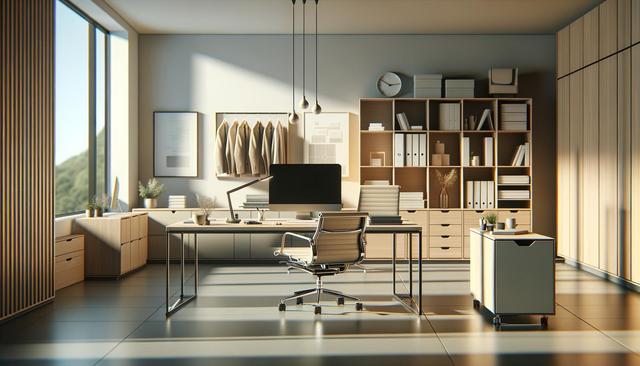Why Office Furniture Matters in the Modern Workplace
Modern work environments are evolving rapidly, and the role of office furniture has become more critical than ever. It’s no longer just about having a desk and chair—it’s about creating spaces that support collaboration, focus, and employee well-being. When thoughtfully selected, office furniture contributes to better posture, reduced fatigue, and an overall boost in morale. Companies are increasingly recognizing that the layout and functionality of their workspace can influence productivity, retention, and even creativity.
In open-plan offices, for instance, furniture can be used to create private zones or collaborative areas without needing permanent walls. Ergonomic chairs and adjustable desks are also becoming standard, reflecting a growing awareness of the impact of physical health on work performance. As remote work and hybrid models gain popularity, the demand for versatile and efficient office furniture that can adapt to various settings continues to grow.
Key Elements of Functional Office Furniture
Effective office design begins with selecting furniture that balances aesthetics with functionality. Certain core elements are essential in defining a workspace that meets both employee needs and organizational goals. The most common pieces include:
- Ergonomic chairs that support proper posture
- Desks with adjustable height options
- Storage units to keep the workspace organized
- Meeting tables that encourage collaboration
- Partitions or screens for privacy in shared spaces
Each of these elements contributes to a more efficient and comfortable working environment. For example, ergonomic office chairs with lumbar support can reduce back pain and increase focus during long work sessions. Desks that allow for sitting or standing help prevent the health risks associated with prolonged sitting. Furthermore, incorporating mobile furniture solutions can allow for quick rearrangement of spaces to suit changing team dynamics or project requirements.
Designing for Comfort and Aesthetics
While functionality is key, the aesthetic appeal of office furniture should not be overlooked. A well-designed office can influence employee mood, make a positive impression on visitors, and reinforce a company’s brand identity. Materials, colors, and finishes all play a role in achieving a cohesive and inviting workspace.
Comfort and style can go hand in hand when selecting office furniture. Upholstered chairs in calming colors, desks made from natural materials, and modern lighting fixtures can all contribute to a more pleasant and motivating atmosphere. Incorporating elements such as plants, artwork, and decorative textiles alongside smart furniture choices can transform an ordinary office into a space that feels both professional and welcoming.
Adapting Office Furniture for Hybrid Work Models
With many businesses embracing hybrid work models, office furniture needs to be more adaptable than ever. Employees may alternate between working at home and in the office, which means the furniture they use should support seamless transitions between different work environments. Modular designs and compact desks are particularly useful in this context.
Companies are increasingly investing in:
- Lightweight, mobile workstations
- Foldable or stackable chairs
- Desk converters for home use
- Multi-functional storage solutions
These solutions allow employees to maintain productivity whether they are in a dedicated office or a temporary home workspace. Additionally, hot-desking setups—where employees do not have assigned desks—require furniture that can accommodate different users throughout the day without compromising on comfort or efficiency.
Sustainability and Long-Term Value
As environmental concerns become more prominent, businesses are also considering the sustainability of their office furniture choices. Eco-friendly furniture not only supports corporate social responsibility goals but can also be a long-term investment. Items made from recycled materials or sustainably sourced wood are becoming more available and affordable.
When selecting office furniture, it’s wise to look for certifications or labels that indicate sustainability, such as FSC (Forest Stewardship Council) certification or GREENGUARD certification for low chemical emissions. In addition, choosing high-quality, durable furniture reduces the need for frequent replacements, which benefits both the environment and the company’s bottom line.
Another consideration is the lifespan and flexibility of the furniture. Products that are easily repairable, reconfigurable, or recyclable at the end of their use can help businesses reduce waste and align with greener practices.
Conclusion: Designing Better Workspaces Through Thoughtful Furniture Choices
Office furniture plays a significant role in shaping the daily experience of employees and the overall efficiency of a business. Whether setting up a new office or updating an existing one, selecting the right pieces can influence comfort, productivity, and workplace culture. From ergonomic essentials and stylish designs to sustainable solutions, thoughtful furniture choices contribute to a workspace that supports your team and your goals. As work environments continue to evolve, investing in adaptable, functional, and well-designed office furniture remains a practical and impactful decision.








